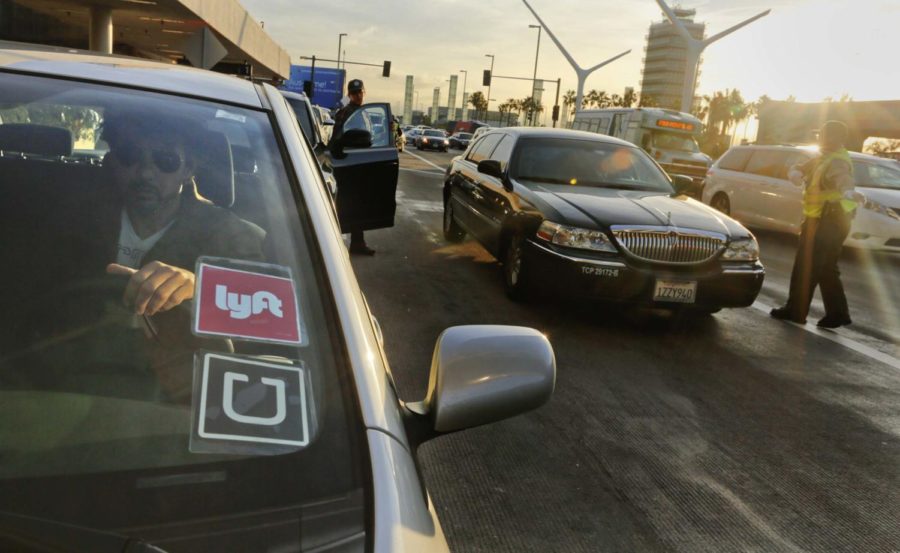Editorial: Uber and Lyft are right — law should require front license plates in Pennsylvania
Mark Boster, Los Angeles Times | TNS
Ohio voted in April to stop requiring front license plates in early 2020, but Uber and Lyft fear the absence of front plates will ignite safety hazards for riders and want to overturn the decision.
December 2, 2019
Uber and Lyft want to give Ohio residents the gift of front license plates for the holidays this year.
The state — which has long required front license plates on registered vehicles — voted in April to stop requiring front license plates in July 2020. Some Ohio residents are happy, as the new requirements will lower costs. But Uber and Lyft fear that the absence of front plates will ignite safety hazards for riders. They want to overturn this decision.
Unlike Ohio, Pennsylvania hasn’t required front plates in more than 50 years. It is one of 20 states that does not require registered vehicles to have a front license plate in addition to the plate on the back of the car. Statistics suggest that front license plates would make the road a safer place for those who don’t use Uber or Lyft, too. Pennsylvania would be wise to consider requiring front plates.
Safety concerns regarding the ride-hailing companies arose earlier this year, after a South Carolina college student got into a car that she assumed was her Uber. It wasn’t, and about 14 hours after she hailed the ride, turkey hunters found her dead body dumped in a field. Following the death, Uber released updated suggestions for riders, in order to better ensure their safety.
“When you see your driver’s vehicle at your pickup location, confirm that the license plate number displayed in your app matches the actual vehicle,” the Uber website says. “Drivers will often ask your name before starting the trip.”
Of course, this is more difficult to remember when the car doesn’t have a front plate at all. The companies hope that introducing a mandate for front license plates will increase safety for their riders.
Pennsylvania hasn’t mandated front license plates since 1946 and even then, it was only a brief stint. In 1952, the state reversed the policy, and since then, drivers have been required to only sport a back plate. PennDOT historical records don’t give a reason for the brief two-plate policy, according to the Pittsburgh Post Gazette.
But plate identification on the front of the car would be beneficial to far more people than just those who utilize the ride service apps like Uber and Lyft. Having license plates on both the front and back of vehicles gives the general public, the police force, surveillance cameras and traffic cameras more space and opportunity to identify a vehicle involved in a crime, according to the Post Gazette. This could serve as a useful tool in finding missing people or tracking a criminal.
The International Association of Chiefs of Police supports front license plates and believes that requiring them will increase safety for all state residents.
“It’s another tool in helping us to fight crime,” said Daniel G. Sharp, chairman of the association’s highway safety committee and the top cop in Oro Valley, Arizona. “It makes the community safer, and that’s the bottom line.”
Requiring a singular plate is less expensive for both the state and the driver, but in this case, the benefits outweigh the costs.








